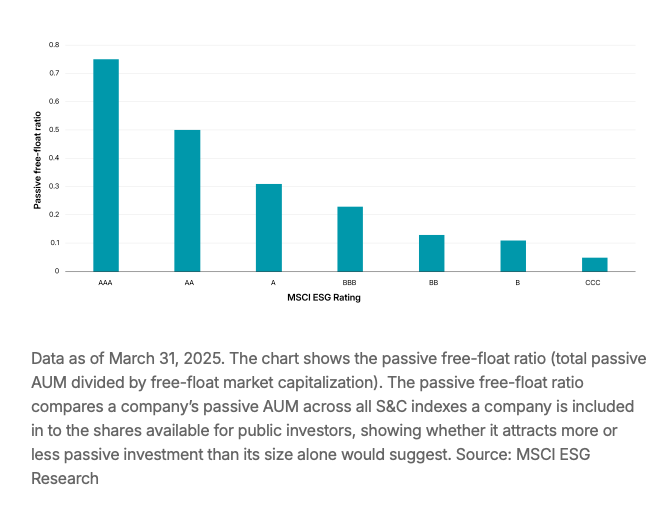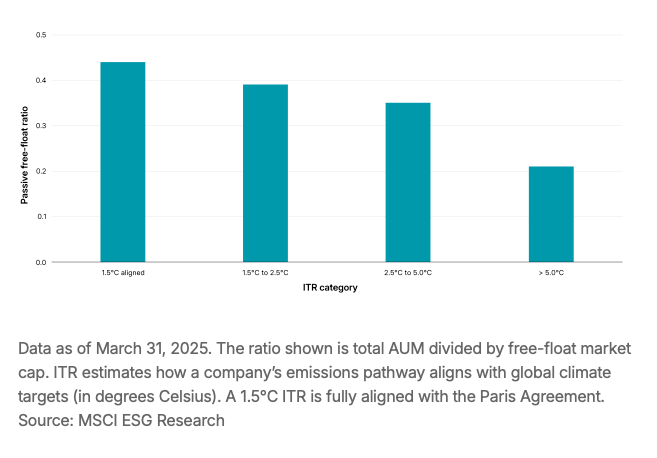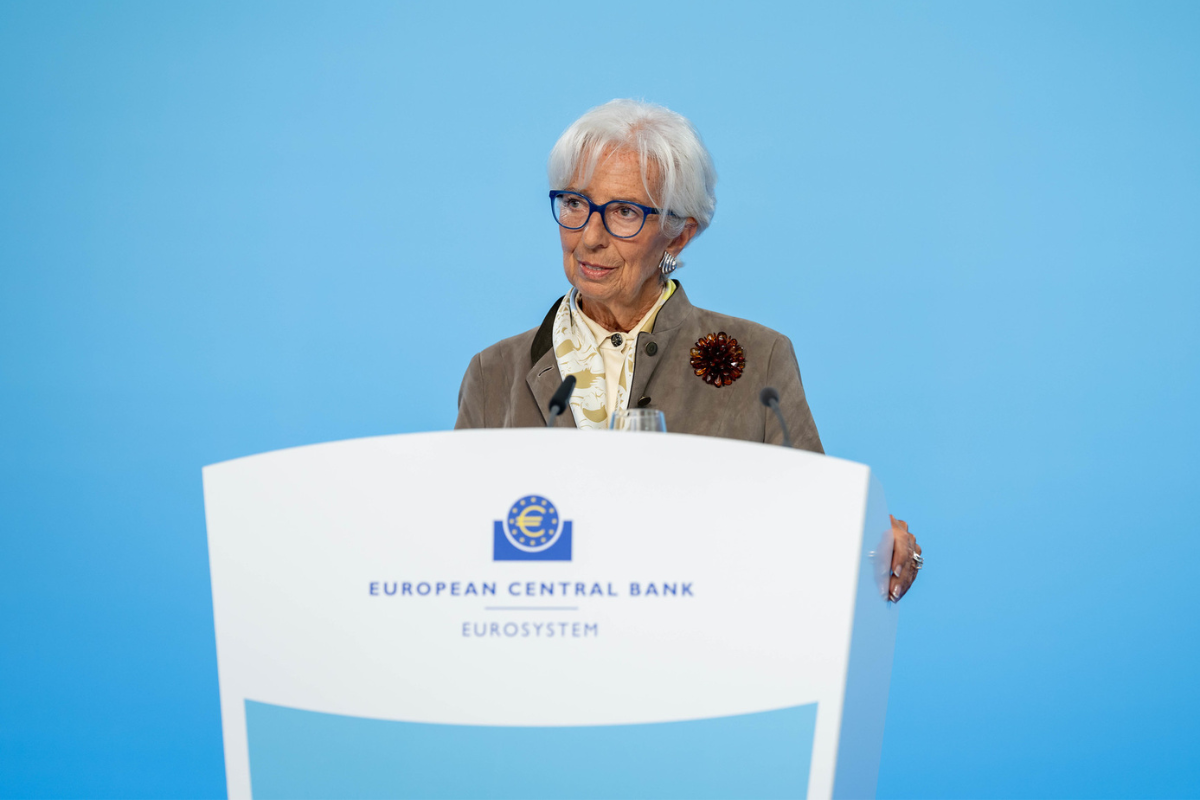The Fed, the BoE, and the BoJ: Decisions Subject to the Data
| By Amaya Uriarte | 0 Comentarios

Central banks are in the spotlight this week with a very full calendar, as the U.S. Federal Reserve (Fed) speaks tomorrow, the Bank of England (BoE) on Thursday, and the Bank of Japan (BoJ) on Friday. These meetings follow last week’s European Central Bank (ECB) decision and come alongside macroeconomic data that will frame monetary policy decisions in the coming days.
“Beyond these three central bank meetings, the economic data agenda is fairly light. On Monday, manufacturing data was released in China, while Tuesday will bring industrial production figures in the EU and the ZEW business climate index in Germany. Thursday will see the release of weekly jobless claims in the U.S., which will likely attract attention following the recent weak labor report. After all, the Fed’s mandate includes ensuring full employment and price stability,” states Hans-Jörg Naumer, Global Head of Capital Markets & Thematic Research at Allianz Global Investors.
Following the Jackson Hole symposium, the Fed’s FOMC meeting is undoubtedly the most notable. BofA experts forecast a 25 basis point cut, bringing the rate to 4%-4.25%, with the 2026 median still reflecting two more cuts. “Powell’s press conference will echo labor market developments and provide insights into the tariff impact on production and prices. Rates and the exchange rate could be interpreted as an aggressive cut. In principle, ‘we rule out any possible appreciation of the dollar,’” states Bank of America’s outlook.
Regarding the data on the FOMC’s table, experts at the firm predict a solid retail sales figure for August, above consensus, which should keep uncertainty alive about the strength of spending and weakness in labor data. “Moreover, we forecast that unemployment claims will fall to 240,000 in the week ending September 13, as the previous week’s increase was mainly due to the deadline for filing claims related to flooding in Texas,” they note.
BoE: Rates to Remain Unchanged
Regarding the BoE meeting, which remains highly attentive to CPI and employment data, the bank’s experts anticipate it will maintain its stance with a 7–2 vote, with a risk of a more dovish voting pattern. “The benchmark rate will remain at 4% on Thursday. The recent emphasis by the Monetary Policy Committee (MPC) on elevated inflation expectations suggests a risk that policy will remain unchanged for the rest of the year. This week’s releases on the labor market and CPI will be key. The pace of quantitative tightening (QT) for 2025/26 will also be announced: annual sales are expected to drop from £100 billion to £75 billion, with risks skewed toward a greater reduction,” states Shaan Raithatha, Senior Economist and Strategist at Vanguard.
BofA shares a similar view: “The July labor market report should show a stable unemployment rate at 4.7% (with upside risks) and further progress in wage growth (with private sector wages growing at 4.7% year-on-year). We expect UK CPI inflation to decrease slightly to 3.7% in August, and services inflation to fall from 5% to 4.7%.”
According to Raithatha, the short-term outlook has turned more hawkish. “Upward revisions to payroll declines suggest the labor market is weakening rather than collapsing. And the MPC signaled a change in tone at the August meeting, with a renewed focus on second-round effects of elevated inflation expectations (see chart). Thus, our forecast for one more cut before the end of the year is at risk. We are inclined to postpone it until 2026 if the labor market and CPI data (due Tuesday and Wednesday) broadly meet expectations,” he explains.
In the view of David Rees, Head of Global Economics at Schroders, stagflationary pressures would also prevent the BoE from implementing further interest rate cuts. He explains that it is unlikely GDP growth will exceed 1% significantly, but capacity constraints mean even such modest growth rates will keep inflation elevated for some time.
“In fact, we fear inflation will exceed 4% in the coming months and remain above 3% at least until mid-2026. Without a sharper weakening in the labor market or fiscal tightening in the autumn budgets, it is likely that the bank rate will remain at 4% in the immediate future,” notes Rees.
BoJ: Waiting for Its Moment
In Japan’s case, experts start from the premise that the country’s outlook is mixed, with growth supported by exports but moderate domestic demand. They also note that political uncertainty—the resignation of the prime minister—limits fiscal stimulus and structural reforms. In the view of Luca Paolini, Chief Strategist at Pictet AM, the BoJ is in a wait-and-see mode. “For now, with moderating inflation in services, there is no pressure to accelerate rate hikes. But it may carry out two rate increases in 2026, and its quantitative tightening will continue,” he notes.
Edmond de Rothschild AM highlights that headline inflation slowed from 3.3% to 3.1% but still remained above the Bank of Japan’s target, while core inflation held steady at 3.4%, giving the monetary authority room to maneuver.
“We expect the Bank of Japan to keep its official interest rate unchanged at 0.5%. We believe the bank will maintain its current message of closely monitoring data as of August and that the current political instability will not affect its rate hike decisions. We forecast that core CPI, similar to Japan’s measure, will decelerate further to 2.7% year-on-year, from 3.1% year-on-year. Core CPI, as defined by the BoJ (excluding energy), should also decelerate, as anticipated by Tokyo’s main CPI,” add BofA analysts.











